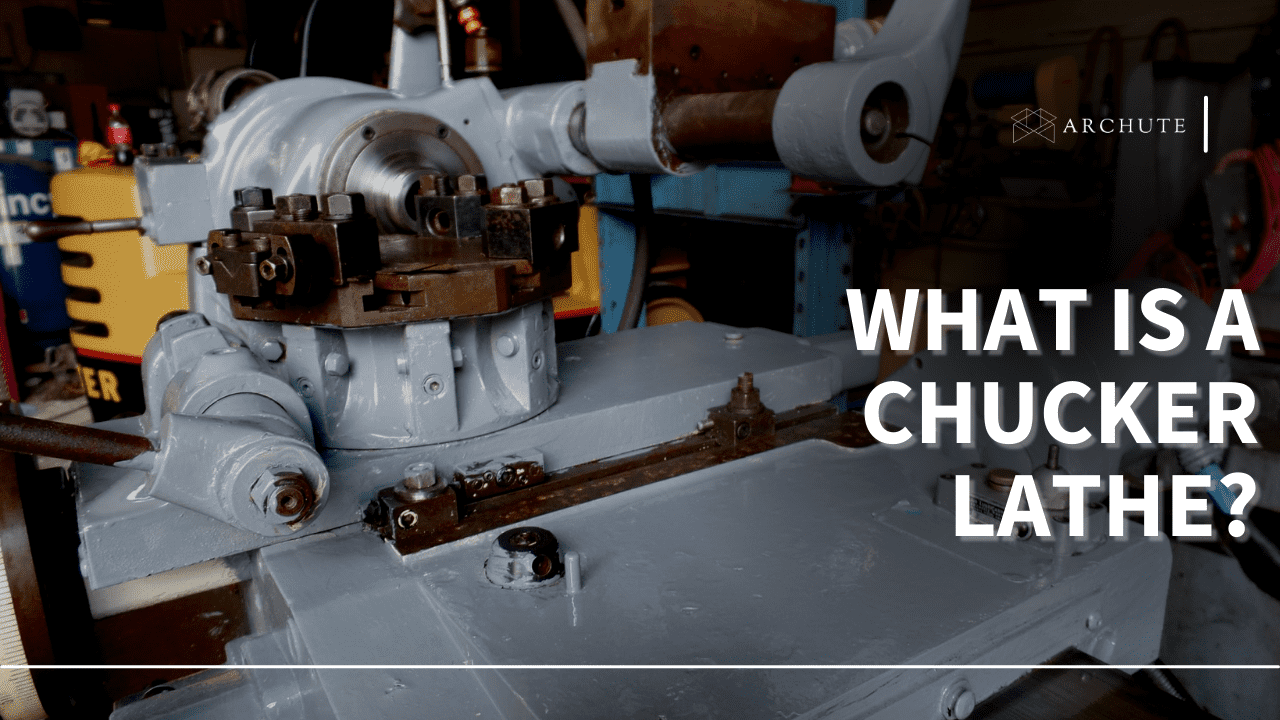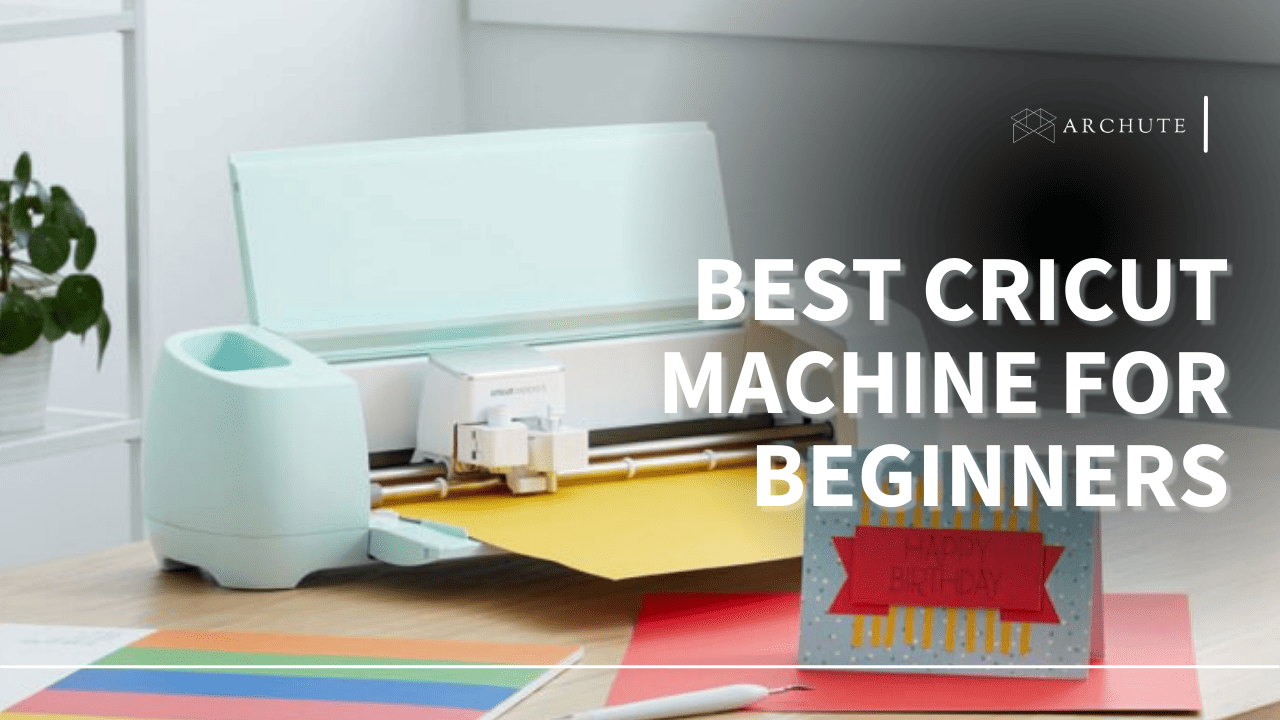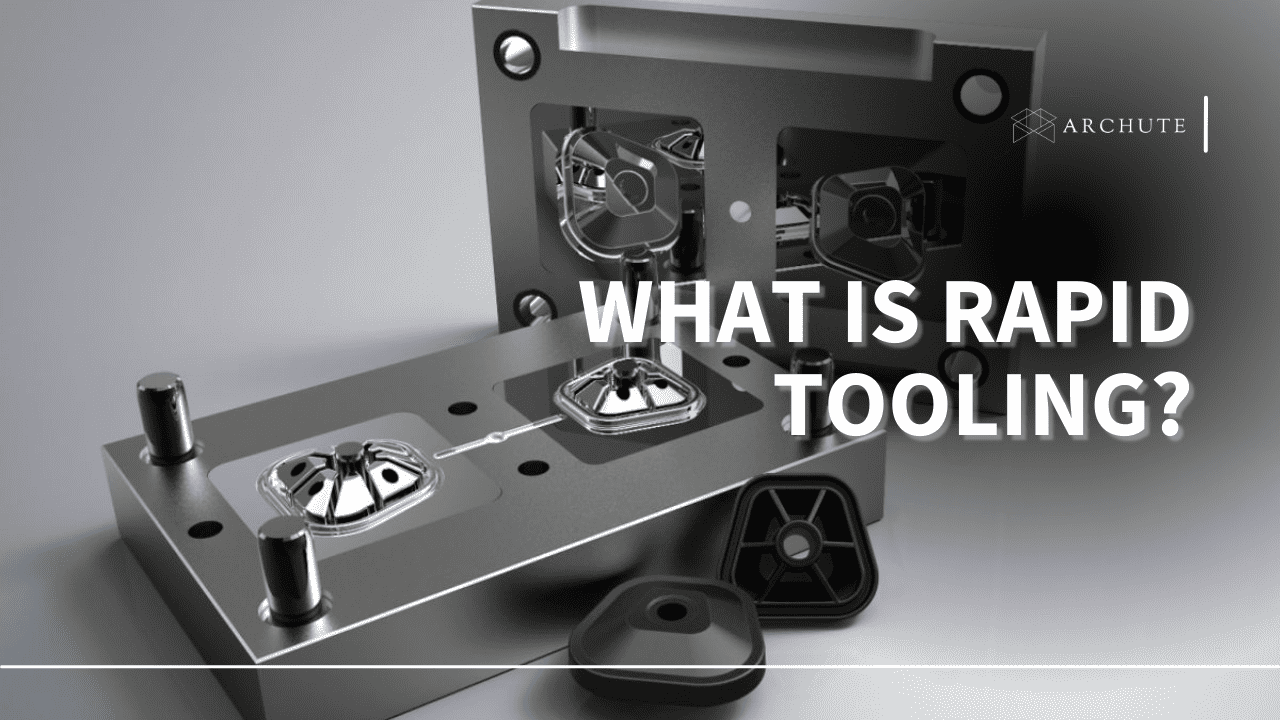Chucking machines are very popular in the manufacturing industry. However, they are used primarily for machining other machine parts like castings and forgings. In this comprehensive guide, you will find the answer to the question: what is a chucker lathe?
What Is a Chucker Lathe?
A chucker lathe is defined as a lathe without a tailstock. It has a horizontal layout and a structure of a turning machine. It may or may not have through holes depending on different factors.
Chucker lathe machines are very useful, especially when shaping different workpieces. Additionally, they come in different sizes and models. The type of lathe machine you use will depend on the type of material you intend to shape.
Where Can You Use a Chucker Lathe?

Image Credits: babinmachine.com
A small portion of production facilities in the automotive industry use chucker lathes. The kind of work that lathe machine tools are usually used for makes them almost impossible to find in a small shop or regular production lines. Chucker lathe is typically involved in commercial use, enhancing precision in production. Chucking machines equipped with multi-spindle design ensure efficient, fast, and accurate operations of workpieces.
Unfortunately, as efficient as chuck lathes are, it is less popular than you'd expect. In an industrial setting where large turned parts are produced, automatic chucker lathes become more probable than conventional lathe machines. Nonetheless, Chucker lathes remain uncommon in most industrial production settings.
What Are the Main Types of Lathe Machines?
Lathe machines come in different operating machine tools specializing in different production areas. While most lathes are used in the manufacturing industry, there are some specific tasks that might require the functionalities of a particular one and not the other.

Image Credits: nsmachine.com
The following are the main types of lathe machines:
1. Speed Lathe
A speed lathe machine is a hand-operated lathe functioning at a high spindle speed range of 1200 to 3600rpm. Primarily speed lathes are used for making various things, from furniture parts and baseball bats to bowls. The best architectural furniture of the century were probably made with a speed lathe.
These designed lathes are also used for metal polishing, spinning, and centering. Unlike other lathes, this type consists of a tailstock, headstock, and tool turret.
2. Engine Lathe
An engine lathe suits you if you are a manufacturer working on a range of metalwork such as drilling, grooving, boring, threading, reaming, and knurling.
Engine lathe or center lathe is the most popular lathe machine. The name originated from the fact that this lathe machine used steam engines back in the 19th century. Today an Engine lathe uses an electric motor driver box. These popular lathes can handle large workpieces with dimensions of a diameter of up to 1 meter and length of up to 4 meters.
3. Turret Lathe
Turret lathes are considered an upgrade of the engine lathe, but a revolving hexagonal turret replaces the tailstock. With the revolving hexagonal turret mounted on the saddle, you can fit multiple tools in the center to handle several operations in sequence. The operations can number up to 6, including countersinking, drilling, reaming, tapping, and more.
Turret lathe is a great option for mass production, especially considering that producing interchangeable parts with a single machine saves time and minimizes errors.
4. Tool Room Lathe
Tool room lathes boast extreme precision and are mainly used for linear accuracy. It is popular for making jigs, dies, fixtures and gauges. This lathe offers functionality similar to an engine lathe, such as reaming, drilling, boring, and turning. Plus, the headstock has an attached gearbox that enables this lathe to offer varied speed options that guarantee flexibility.
5. Bench Lathe Machine
Bench lathes are hand-operated power machines that are small and commonly used for precision work. It has very high similarities to speed lathe machines. Bench lathes are popular boring and parting tools among jewelers and watchmakers. It is effective in light jobs that require tapping, threading, knurling, drilling, grooving, turning, facing, etc.
CNC Lathes

Image Credits: youtube.com
CNC Chucker lathe machines are the most advanced lathe machines in the market today. CNC lathe stands for Computer Numeric Control lathes, which are lathes driven by a computer numeric control system. With a CAD/ CAM program, you only have to give commands to the CNC lathe, and it will execute them perfectly.
Several features make a CNC lathe the best option to use. Below are a few of the features that help make this machine a top-notch option:
- It comes with an auto-tool-change feature
- It allows for high-speed mass production
- It allows for smoother movement and accuracy better than any other lathe
- It has a hydraulic chuck that allows for a maximum feed rate
- It's cheaper to perform complex operations
There is an assumption that a CNC chucker lathe doesn't require advanced skills to operate. However, while it makes work easier than other lathes, you must ensure proper and safe use by training.
When handling any lathe, even the CNC-ready machines, ensure you prioritize personal safety by wearing gloves and the correct clothing and also wear safety glasses to help minimize the chances of serious injury. If you are familiar with the machine, you can take the time to learn how to build a CNC machine.
Also read: The advantages and disadvantages of Swiss Lathe.
Conclusion
Professionals from different industrial fields are more familiar with a chucker lathe. Although not a commonly used machine, chucker lathes are handy in processing plants where turning tasks are popular. Nonetheless, this machine is very effective and important in making work easier.
Remember that if you are handling one for the first time, get acquainted and ensure you have prior written permission to operate; this ensures that experts handle lathes to prevent injuries. If you are not a professional, consider using the best cheap CNC machines for beginners and professionals.
















